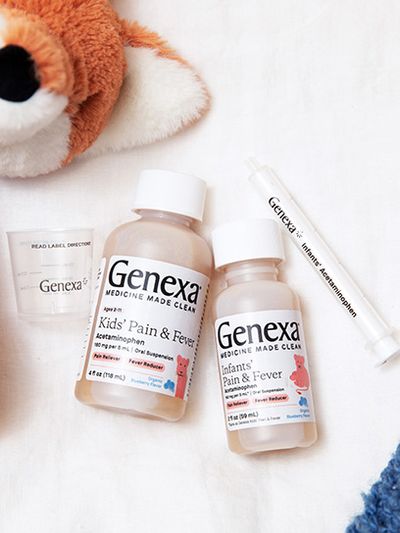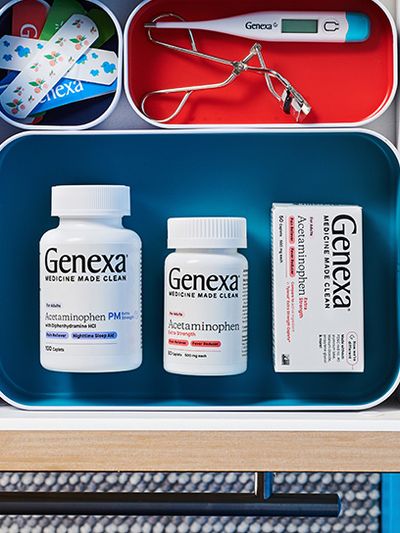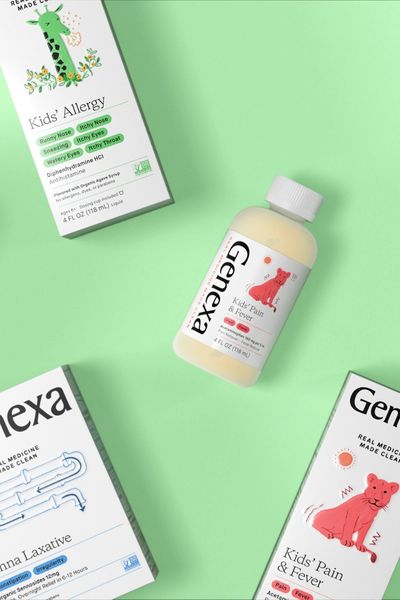What Are Artificial Flavors Made Of?
Understanding OTC Drug Ingredients
Table of contents:
Many over the counter (OTC) medications include an ingredient listed as “artificial flavors” on their label, but what components are included in artificial flavors?
If you are hoping to improve your understanding of OTC drug ingredients, you may be frustrated by the lack of information available about how artificial flavors are made and what they include.
So, what are artificial flavors made of?
What are artificial flavors made of?
The U.S. Food and Drug Administration, or FDA, defines the term artificial flavor or artificial flavoring under 21 Code of Federal Regulations (CFR) Part 501.22 as any substance, the function of which is to impart flavor, which is not derived from a spice, fruit or fruit juice, vegetable or vegetable juice, edible yeast, herb, bark, bud, root, leaf or similar plant material, meat, fish, poultry, eggs, dairy products, or fermentation products thereof.
To put it more simply, an artificial flavor is any non-natural substance that is used to create flavors in foods, beverages, or medications. That means that artificial flavors can be made up of pretty much anything except natural substances, and it is unlikely that the origin of the flavors will be identified.
Artificial flavors are popular with manufacturers of food, beverages, and medications because they are often less expensive to produce and may be more stable from a chemical standpoint.
When manufacturers are producing millions of bottles of cherry flavored medicine, for example, the amount of cherries necessary would dry up the world’s supply of cherries. Manufacturing compounds in the laboratory that taste like cherries is more cost effective, simpler from a logistical standpoint, and takes less time.
When cost is the primary driver for the use of artificial flavors in a product, you will often find that the product contains other artificial elements as well, such as artificial colorings or dyes. These elements could be indicated by terms like "artificial color added," "U.S. certified color added," "FD & C red no. 3" (or "green" or "blue" or "yellow" followed by any number). Additionally, artificial sweeteners and monosodium glutamate (MSG), both of which are commonly used as flavor enhancers, may also be found in products that contain artificial flavors.
What are natural flavors made of?
The FDA, defines the term natural flavor or natural flavoring under 21 Code of Federal Regulations (CFR) Part 501.22 as the essential oil, oleoresin, essence or extractive, protein hydrolysate, distillate, or any product of roasting, heating or enzymolysis, which contains the flavoring constituents derived from a spice, fruit or fruit juice, vegetable or vegetable juice, edible yeast, herb, bark, bud, root, leaf or similar plant material, meat, seafood, poultry, eggs, dairy products, or fermentation products thereof, whose significant function in food is flavoring rather than nutritional.
Natural flavors typically use certain compounds or chemicals from a natural substance, such as a particular compound found in strawberries, to create flavoring that the consumer would recognize. Sometimes, several natural flavors are combined in order to create the taste that consumers expect.
How are flavors created?
Flavor science is far more complex than most people realize. While it might seem like creating cherry flavored medicine would be as simple as gathering a bunch of cherries and adding the juice to a medication, the reality is far more complicated.
That’s because there are hundreds of different compounds in every type of fruit or vegetable that contribute to the way that the food tastes. The responsibility for identifying which compounds produce the taste that consumers recognize lies with flavor scientists, also known as flavorists.
In order to develop natural flavors, flavorists use ingredients from many different types of fruits, vegetables, spices, leaves, and trees. Flavorists are able to identify which substances and compounds work best together to create the familiar taste that consumers expect.
The first step in creating a flavor is for flavorists to taste the natural food that has the flavor they want to create, such as a strawberry. The flavorists sample the fruit and use a variety of different adjectives to describe the tastes that they experience from a subjective standpoint, similar to the way that a sommelier might sample wine before writing a description. Next, the flavorists and other chemists work to identify the molecular fingerprint of the fruit or vegetable that they are trying to mimic. Then, they look for compounds that are chemically similar and could produce the same flavor when combined with other substances.
When creating a natural flavor, flavorists will use compounds that are sourced from natural ingredients like spices, fruits or fruit juices, vegetables or vegetable juices, edible yeast, herbs, bark, buds, roots, leaves or similar plant materials, meat, seafood, poultry, eggs, and dairy products.
When creating an artificial flavor, the flavorists will create compounds that are chemically identical to those found in the natural substance; however, the difference is that they can be sourced from anywhere besides a natural substance or they can be created synthetically in the lab.
To create an artificial flavor, the flavorist examines the chemical composition of the natural ingredients they want to mimic and creates a flavor profile based on one or more synthetic ingredients that mimic the same chemical composition.
Are artificial flavors and natural flavors safe?
The FDA states that artificial flavors and natural flavors are generally recognized as safe (GRAS).
However, people with allergies, sensitivities, and intolerances associated with certain ingredients may experience adverse effects when consuming natural flavors or artificial flavors. The problem is that companies are not required to list the components of their natural or artificial flavors unless they contain a common allergen.
If you have an allergy or sensitivity to a substance that is uncommon, you may not have any idea that it is an ingredient in your medication until it’s too late.
Sometimes, flavoring ingredients that were previously considered safe undergo a status change because further research suggests that adverse effects can occur.
A 2018 study found that seven synthetic flavoring substances that were previously listed on the food additives list could cause harm in lab animals when consumed at levels above the intended or typical use of the additive. As a result, the FDA removed these ingredients from the food additives list.
While the study did not show harm to humans when used as intended, the FDA chose to remove the ingredients from the list due to the potential to cause harm if overused. However, the natural counterparts of the banned synthetic flavors are still allowed to be used in foods, beverages, and medications as long as the flavor is created from naturally occurring sources rather than synthetic sources.
How does the FDA regulate artificial and natural flavors?
There is very little regulation by the FDA in the world of artificial and natural flavors, particularly when it comes to labeling products. In order to protect trade secrets, the FDA does not require manufacturers to list what is in their natural or artificial flavors.
However, manufacturers must place a disclaimer below the ingredient list if the product contains a common allergen like milk, egg, fish, shellfish, tree nuts, wheat, peanuts, or soy. Consumers who are allergic or sensitive to less common allergens, such as strawberry, sesame, or apple, will not know if the product contains these ingredients unless they find out from the manufacturer directly.
If you want to know exactly what is included in the artificial and natural flavors in your OTC medication, you’ll need to contact the brand directly or use products that publish all of their ingredients, including those used to create flavor.
Are natural and artificial flavors ever used at the same time?
Some products contain both natural and artificial flavorings in order to enhance the taste of the product and more accurately match the flavor that consumers expect. Products can even use natural and artificial flavorings of the same flavor, such as strawberry. If your product contains both natural and artificial flavoring, they will be listed separately on the product label.
Summary
Artificial flavors can be made of anything besides natural substances that influence flavor, such as spices, fruits or fruit juices, vegetables or vegetable juices, edible yeast, herbs, bark, buds, roots, leaves or similar plant materials, meat, seafood, poultry, eggs, and dairy products.
Artificial flavors are produced synthetically in a laboratory to have the same chemical composition as natural flavors. Natural flavors are those substances that are derived from any of the sources listed above.






